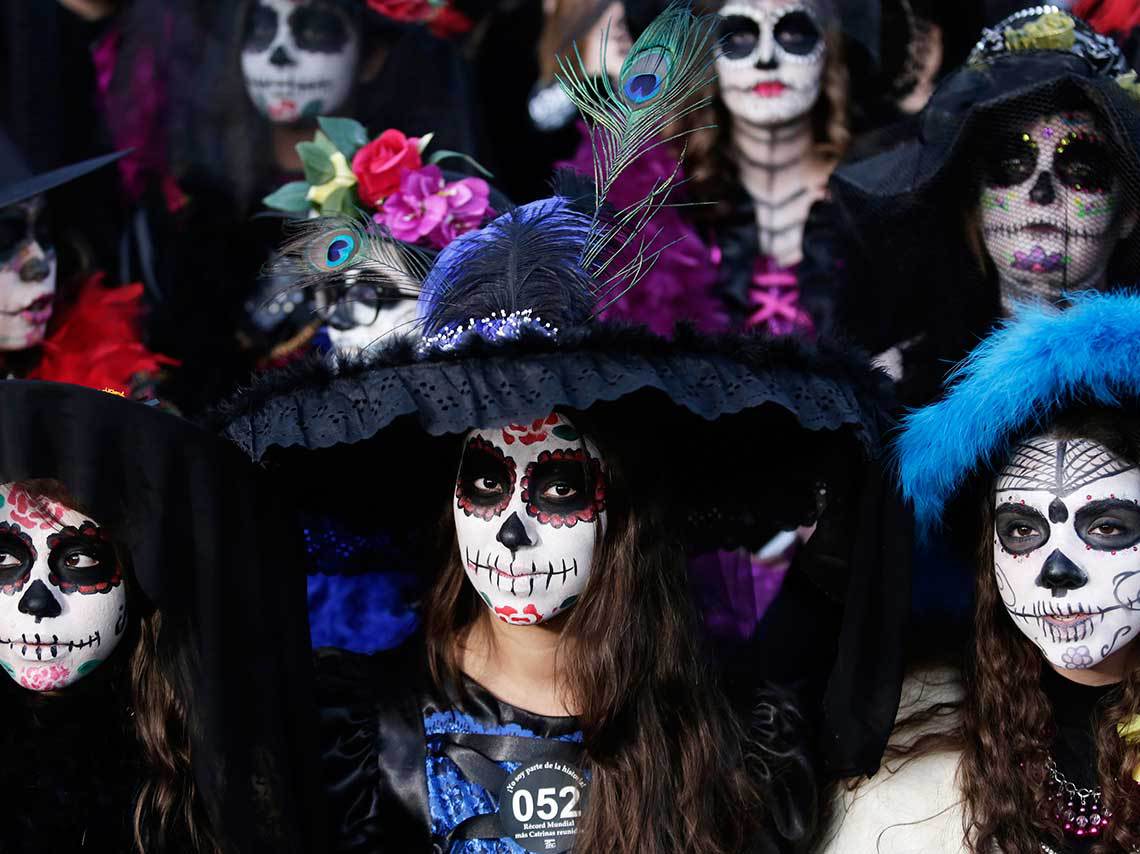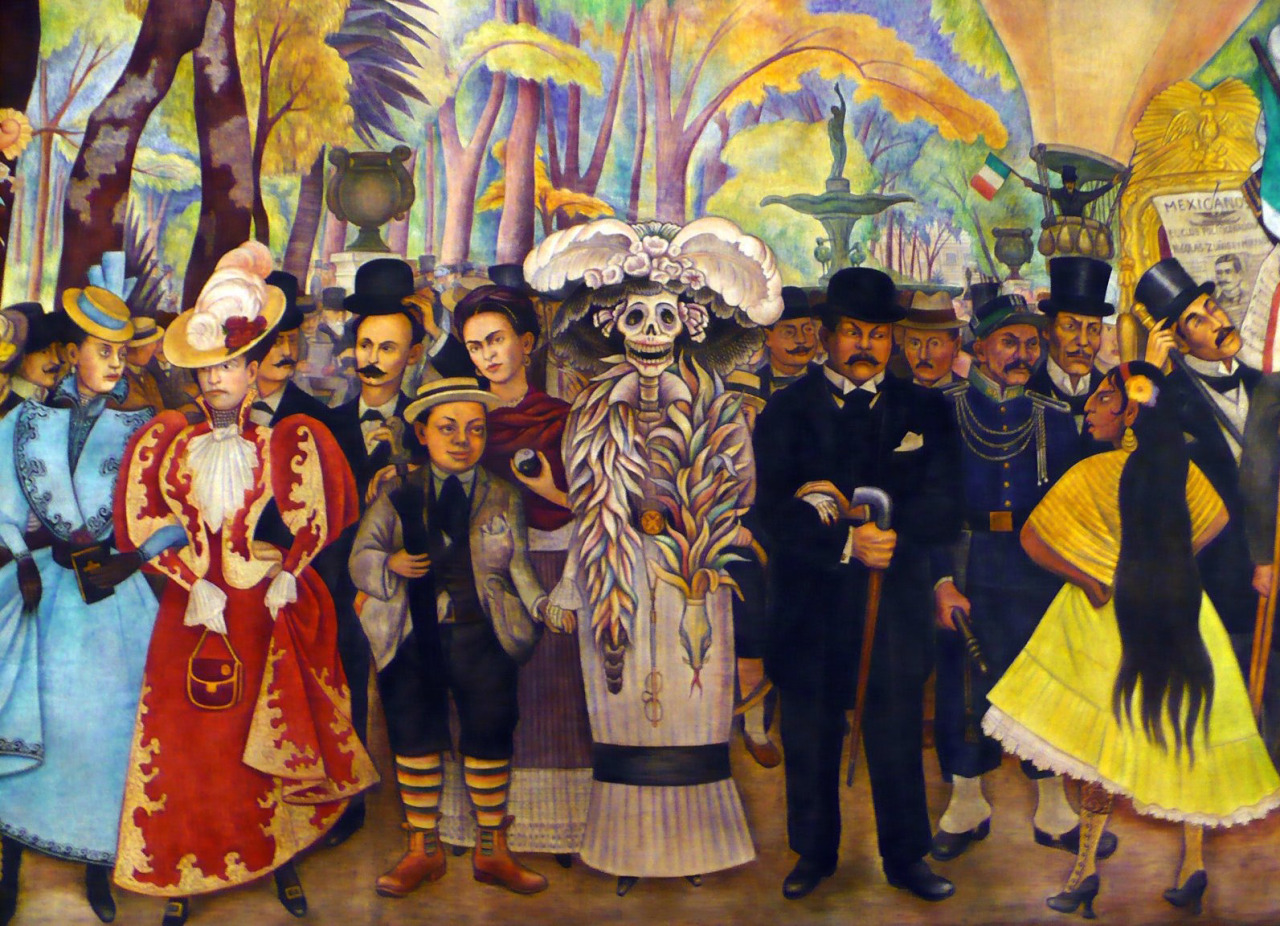As part of our SMT series on “Día de Muertos” in Mexico, we present you one of the most popular and evolving characters that has become fundamental part of this Mexican Holiday: “La Catrina“.
This skull faced female personage has become one of the most classic customs during these festivities and has even managed to cross borders and oceans – and most prominently – in the figure of the elegant skeleton lady of La Catrina. Yet where does she come from?
The Calavera Catrina was born in 1912 from the imagination of Mexican artist José Guadalupe Posada, but that wasn’t her name back then. Posada published the first illustration of this great dame of death under the name of La Calavera Garbancera as a social criticism of the indigenous Mexican women who rejected their roots and tried to pass as European.
The engraver was famous for his satirical rhymes, illustrated with skulls and skeletons, which he used to describe the political and religious matters of Mexico, as well as aspects of daily life.
Then, how did she became La Catrina?
It was Mexican painter Diego Rivera who took the work of Posada and gave it a body. Literally. In his mural “Sueño de una tarde dominical en la Alameda Central” (1947) (“Dream of a Sunday Afternoon along Central Alameda”), Rivera painted the full-bodied skeleton lady as the central piece of his mural, and called her La Catrina, the feminine version of the Catrín, a well dressed, bon vivant dandy tyoical of the Mexican culture.
In his mural, Diego Rivera featured the Catrina at the center, with a young version of himself on the left, and her creator, José Guadalupe Posada on the right.
It is due to the merger of Mexico’s Prehispanic ideologies, the Mexican people historical focus on death – that is, their willingness to both laugh at it and embrace it with a loving familiarity – and the classism prevalent in the Mexican society, that the Catrina became the embodiment not only of death as a neutralizing force between the rich and the poor, but also, a powerful symbol of what the Day of the Death in Mexico is all about.
Today, the Catrina is becoming famous worldwide, and her image has turned into one of Mexico’s most iconic figures.
Maybe it’s a mixture of the colors, the satire, the meaning, and the evolving attitude towards death what have fixed this character as an icon, but regardless of the cause, it seems like La Catrina is here to stay.
Source: www.eluniversal.com.mx




